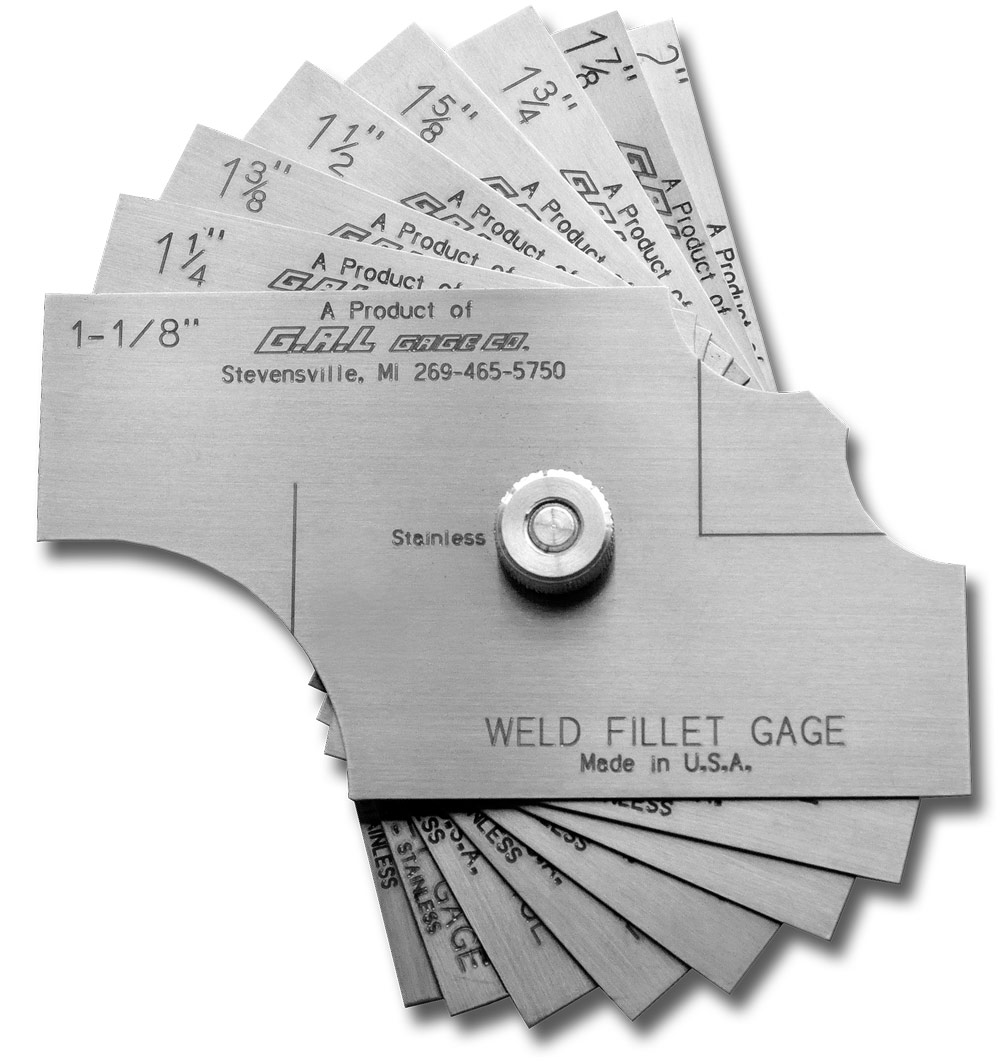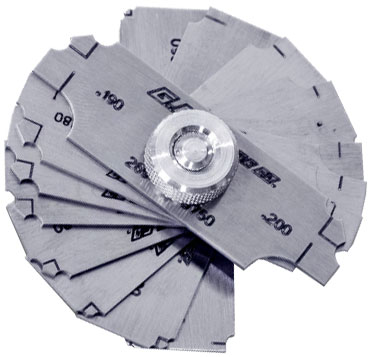Gauge Fillet Weld Essentials: Finest Practices and Common Mistakes
Gauge Fillet Weld Essentials: Finest Practices and Common Mistakes
Blog Article
The Ultimate Guide to Fillet Weld Quality Assurance: Making Sure Stamina and Durability in Your Welded Joints
In the world of welding, guaranteeing the strength and resilience of fillet welds is extremely important for the integrity of bonded joints. The quality assurance actions applied throughout the welding procedure can significantly affect the structural sturdiness of the end product. From the choice of appropriate products to the meticulous evaluation of welds, each step plays an important function in determining the total high quality of the weld joint. As we embark on this expedition of fillet weld high quality control, we will certainly reveal crucial variables that affect weld stamina, delve into efficient examination techniques, and talk about methods for avoiding typical weld defects. Stay tuned to find just how understanding these techniques can elevate the durability and reliability of your welded joints.
Significance of Fillet Weld Quality Control
Guaranteeing correct fillet weld quality assurance is vital in ensuring the structural stability and durability of welded elements in numerous markets. Fillet welds are generally made use of in structural steelwork, bridges, stress vessels, pipes, and various other vital facilities where the strength of the weld is vital to overall safety and security and performance. Quality assurance actions such as visual assessments, non-destructive screening, and adherence to welding treatments aid determine possible issues like lack of combination, incomplete infiltration, damaging, or excessive reinforcement.
Key Factors Influencing Weld Strength
Accomplishing ideal weld toughness calls for mindful consideration of numerous essential elements that affect the honesty and durability of the welded joint. The initial vital variable is correct joint preparation, which includes cleaning the base steels to eliminate any type of impurities that might weaken the weld. Furthermore, the fit-up of the joint is important to make sure appropriate infiltration and combination of the filler product.
The selection of the proper welding method and specifications additionally plays a significant duty in establishing weld strength. Elements such as warm input, traveling speed, and electrode angle can affect the top quality of the weld. Preserving the correct interpass temperature throughout multi-pass welding is important to avoid splitting and make certain a solid bond between the layers.
Additionally, the option of filler product and its compatibility with the base metals is vital for accomplishing high weld strength. Utilizing filler product with the proper mechanical residential properties can enhance the overall honesty of the weld. Post-weld warm therapy and appropriate assessment methods are necessary steps in guaranteeing the stamina and toughness of the welded joint.
Inspection Techniques for Weld Stability

Another essential inspection technique is fluid penetrant screening, where a liquid dye is related to the weld surface area check my site - Gauge Fillet Weld. The dye seeps right into any kind of surface-breaking problems, making them visible under UV light. This technique works for discovering flaws that might not be visible to the nude eye


Ultrasonic screening is additionally widely used for evaluating weld stability. High-frequency acoustic wave are directed into the weld, and any disruptions in the acoustic wave pattern show prospective issues like cracks or lack of fusion.
These examination techniques play an essential role in making certain the quality and reliability of welds, ultimately adding to the general strength and toughness of welded joints in commercial settings.
Preventing Usual Weld Defects
In order to preserve the architectural integrity of bonded joints in industrial applications, it is vital to execute safety nets to address usual weld problems. One usual issue is absence of fusion, where the filler material stops working to bond effectively with the base metals, leading to vulnerable points in the weld. This can be avoided by making certain appropriate warm control and utilizing the proper welding strategy.
An additional constant problem is porosity, brought on by gas entrapment in the weld steel during the welding process. To stop this, it is necessary to cleanse the base metals extensively, utilize dry electrodes, and keep a suitable welding atmosphere with correct air flow.
In addition, cracks in welds can endanger the joint's toughness. To avoid this issue, it is essential to regulate the cooling rate after welding, use preheating when required, and pick appropriate welding specifications.
Enhancing Weld Sturdiness With Proper Methods
To boost the durability and dependability of bonded structures, using advanced welding methods is crucial. One important method to boost weld resilience is to guarantee appropriate weld grain placement. By placing the weld grain accurately within the joint, the weld's toughness and resistance to fatigue can be considerably enhanced. Furthermore, utilizing the proper welding specifications, such as voltage, current, and travel rate, is necessary for achieving a durable weld. These criteria directly affect the weld's infiltration, blend, and total top quality, adding to its longevity.
Picking the ideal filler metal and guaranteeing the cleanliness of the base steels can protect against incorporations and various other defects that can jeopardize check out here the weld's durability. visit site By applying these appropriate techniques, welders can make sure that their welded joints exhibit outstanding toughness and resilience, meeting the greatest top quality criteria.
Final Thought
Finally, preserving excellent quality control standards for fillet welds is essential for making sure the strength and longevity of welded joints. By understanding the vital aspects influencing weld strength, utilizing evaluation techniques for weld stability, preventing typical weld flaws, and utilizing correct strategies, welders can improve the total resilience of their welds. It is necessary to prioritize quality control measures to generate dependable and long-lasting welded joints.
In the world of welding, making certain the stamina and durability of fillet welds is extremely important for the integrity of bonded joints. As we begin on this exploration of fillet weld top quality control, we will certainly discover necessary variables that influence weld stamina, dive into efficient evaluation methods, and go over methods for avoiding usual weld problems.Attaining optimal weld stamina calls for careful factor to consider of numerous vital elements that affect the honesty and durability of the welded joint (Gauge Fillet Weld).In final thought, keeping high top quality control standards for fillet welds is vital for ensuring the strength and toughness of bonded joints. By understanding the crucial elements impacting weld strength, using inspection methods for weld honesty, stopping usual weld defects, and employing correct methods, welders can improve the total longevity of their welds
Report this page